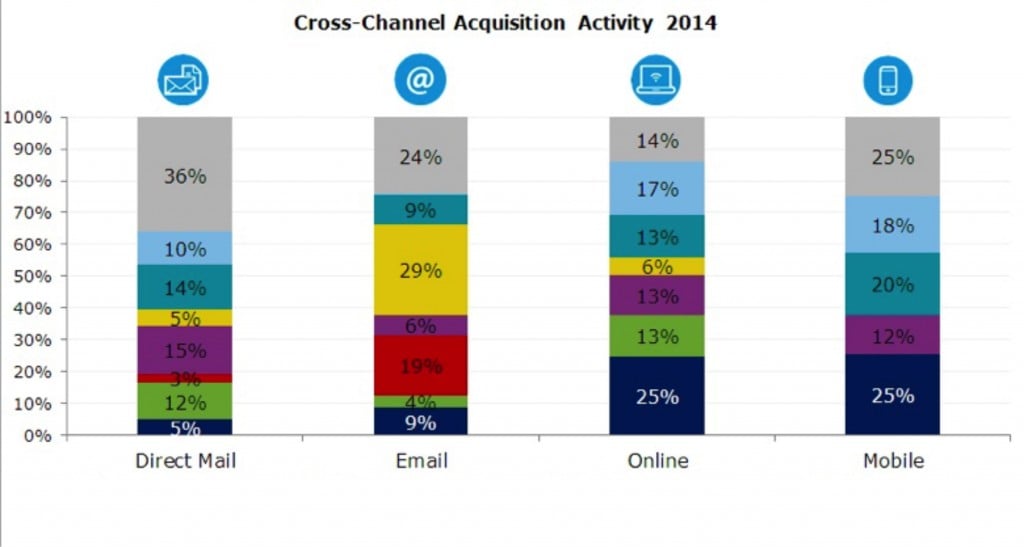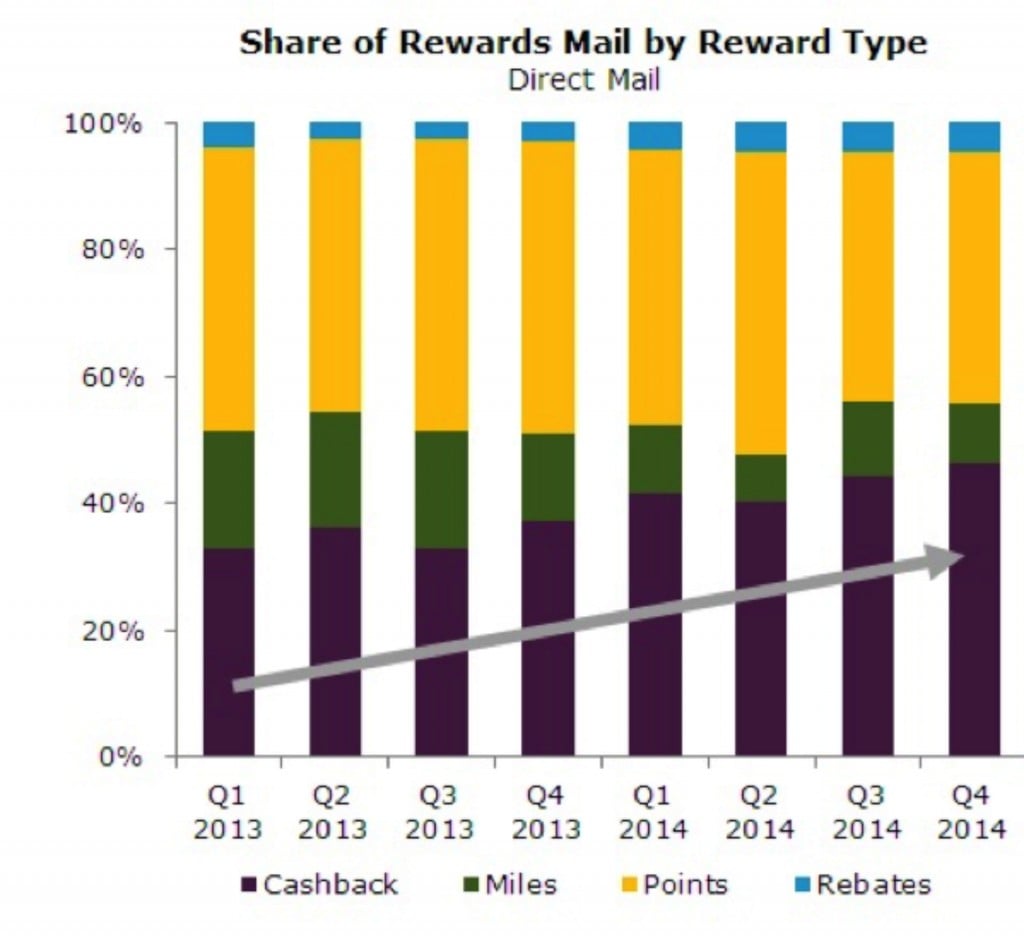As part of the creative process, we always review the current market landscape of whatever vertical we’re working in to help steer creative direction. Utilizing a combination of research tools, industry insights and even just collecting direct mail samples we receive at our own homes, we put together summary overviews to share during brainstorming sessions. This is not a new practice, and you may go through similar exercises yourself every once in a while, but today we wanted to share a sample of recent findings you might find useful... and show you what goes on within our walls.
What follows is a brief overview of the consumer credit card marketing landscape including trends and some best practices for credit card acquisition marketing. This is an extremely crowded marketplace with a myriad of different products targeting consumers of all credit levels. Marketers are challenged to develop strategies that can cut through all the clutter and garner response from their specific target audience.
Here’s what we uncovered:
Cross-Channel Cohesion Made For Better Acquisition Rates
Not every credit card issuer has a significant presence across all marketing channels, but those that did exhibited seamless branding and messaging that encouraged consumers to take advantage of current offers. We found that American Express, Citibank, and Capital One had the most consistent presence across media channels.

Email Marketing and Co-Branding Can Go Hand-in-HanD
Companies that experimented with co-branded marketing initiatives frequently leveraged email. This makes sense, given the higher potential to engage with consumers familiar with at least one of the brands when utilizing this channel. Co-branded initiatives were typically paired with a bonus or incentive offer to encourage non-cardholding consumers to apply for credit cards.
Cash-back Programs Earn Results
Rewards-related offers account for the majority of new card sign-ups in both the print and digital space. In fact, cash-back rewards programs accounted for 46% of mail offers in the most recent quarter. Additionally, a recent poll suggested that 43% of cardholders consider high percentage cash-back as the single most important feature of a rewards program. If possible, card issuers should consider leading with a cash-back reward offer.

Thoughtful Incentives Boost Direct Mail Response
In the last quarter of 2014, one credit card issuer offered a free 1-year subscription to Amazon Prime as part of their card offer. This type of synergistic partnership gives potential card members a valuable incentive to sign up, and a valuable benefit thereafter. Plus, consumers would be more likely to pay for Amazon purchases with their new card.
In the same vein, other card issuers are using direct mail to offer luxury incentives that include travel perks and VIP privileges. For example, Barclay’s Black Visa card boasts a “luxury without limits” motif that is geared toward affluent clientele with high-end spending habits.
Cross-channel Comes Full Circle
One of the top-mailed product offers in the space was the Citi ThankYou card, which offered rewards points and creative incentives for frequent use. Citi’s campaign led with different aspects of the program in different touch points, coming together to create the whole picture for the consumer. For instance, some ads focused on ways to earn points while others zeroed in on redemption options.
Focusing on Security Helps Make Consumers More Comfortable
In recent months, one card issuer began including FAQ sections in their direct mailings to clear up security concerns and general curiosities about Chip and PIN technology. In doing this, they provide the kind of transparency that fosters loyalty and trustworthiness in consumers. Similarly, a 3-step explanation of their online application process features an image of a laptop with Norton security software. By including this easy-to-understand explanation and accompanying image, the company further reinforces its dedication to security. This is by no means an exhaustive list covering all tactics used by card issuers. What works for some card issuers, may not work for your brand. Regardless, we find that having this type of insight upfront can help spark the kinds of questions or ideas that help move your message—and subsequently, your results—forward.

